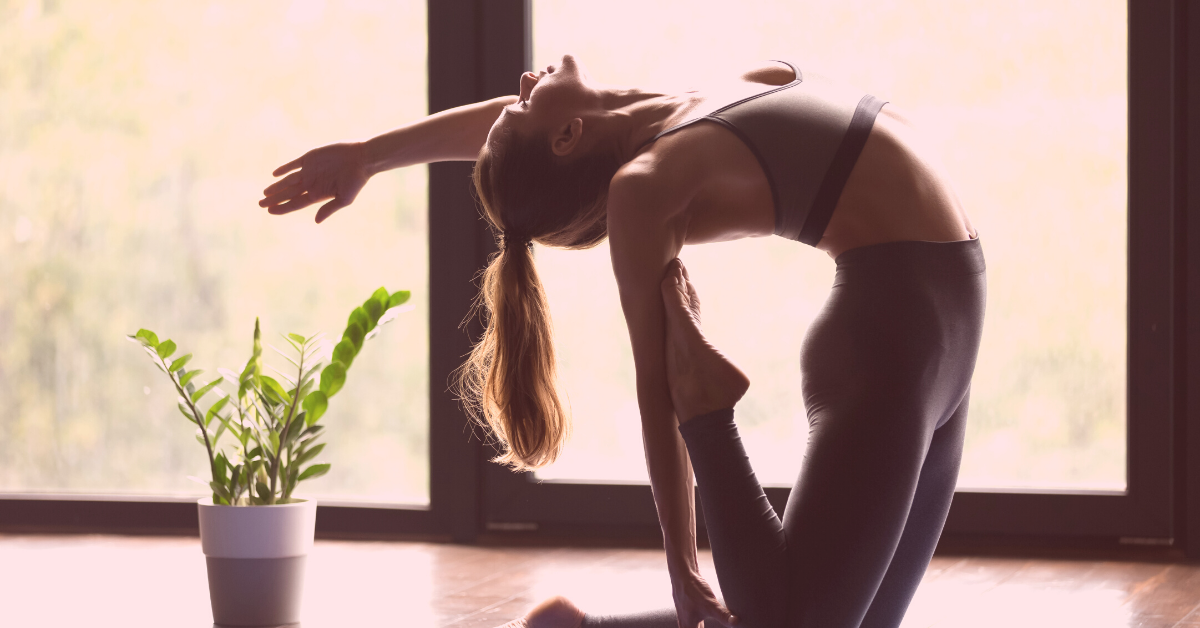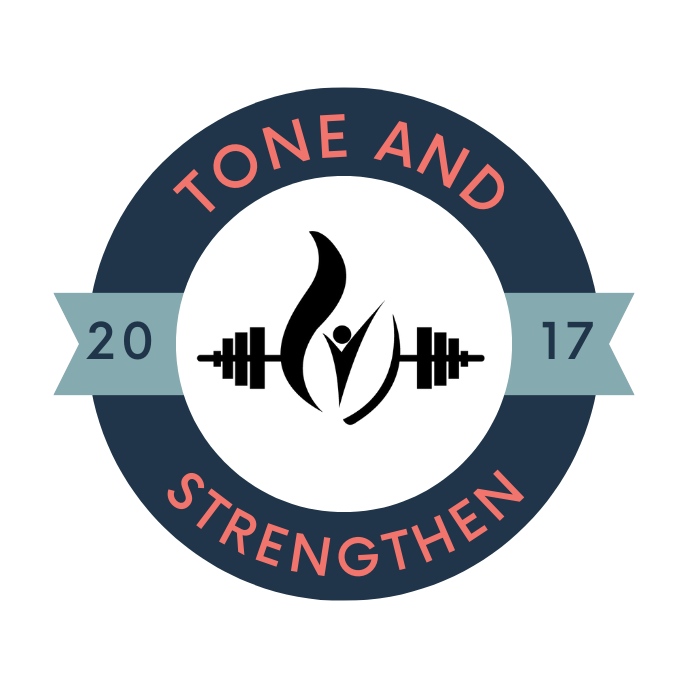
Kneeling Backbend
Spine is an incredible structure with a combination of strength and flexibility. It is surrounded by strong muscles and bones to protect the nerves. Spine can also move in many different planes of motion. Backbends are good for building stronger back muscles and spinal flexibility. Practicing backbends open up the front body,
Backbends are vital to incorporate in your practice if you have a desk job or have low-back pain.
There are many different forms of backbends like standing, kneeling, and lying down. When performed properly with a good form, backbend help with a strong stretch through the front chain of the body. Backbends are really good for many of us who work on the computers with a hunched posture.
According to the Jenny Savage, a yoga instructor at EkhartYoga, backbends open the chest and upper body. Backbends stimulate the Heart chakra which allows us to be open in our lives to emotions, experiences and relationships. This means that backbends can release strong emotions like fear, frustration, anger, joy and happiness.
Besides just opening the Heart chakra and opening our emotions, backbends have many other benefits. Read on to find out the benefits and how to practice a backbend safely.
Benefits of Kneeling Backbends-
- improves posture
- increases spine mobility
- stretches muscles
- decreases stress and anxiety
- infuses energy
- improves oxygen intake
- makes you receptive to experiences
- helps to alleviate back and neck pain
How to Practice Kneeling Backbends-
- Kneel on a padded level surface. Place your hands on your waist.
- Engage your core so that it supports your back by pulling the belly in and up, make sure your tailbone presses down.
- Lift your chest and rib cage up.
- Inhale as you arch up and back, placing your hands your heels.
- Open your chest proud and keep pressing the tailbone down.
- Keep the neck long with an even arch over the whole spine.
- Hold the pose for three breath cycles.
Modifications – If this full expression of kneeling back bend doesn’t work for you, a few modifications can be helpful. Place yoga blocks next to your feet to have a better reach or place your hands on your back instead of reaching for your heels. For knee discomfort, placing a rolled blanket or pad is helpful. If you are in the office and want to get the benefits of this stretch, you can practice it standing up while keeping your hands on your lower back.
Always consult a doctor before practicing any new exercise regimen. Don’t practice back bends without professional supervision if you had neck or back injury. Some of the things to avoid while practicing this pose are – don’t overextend your neck, keep the extension even throughout the spine and don’t practice this pose if you experience any pain.

This Post Has 0 Comments